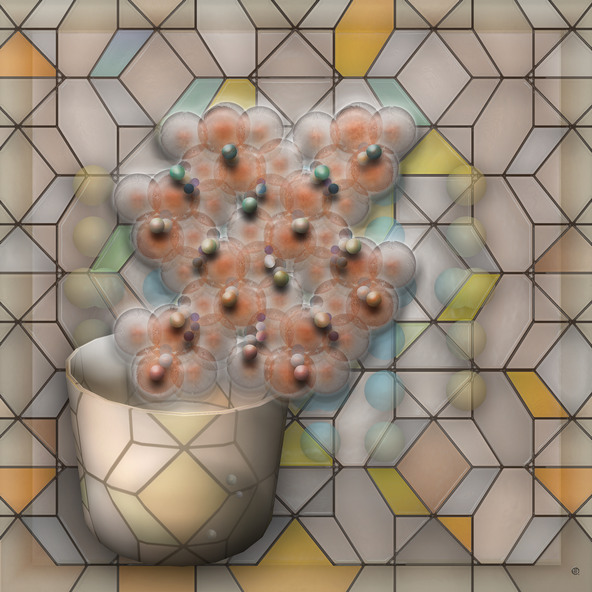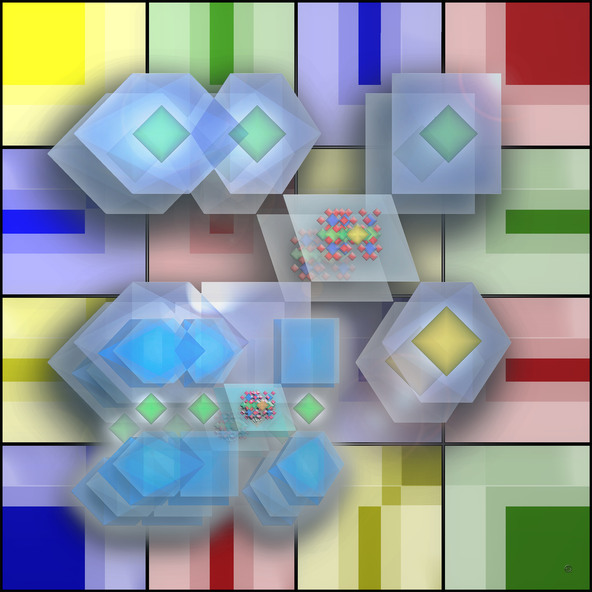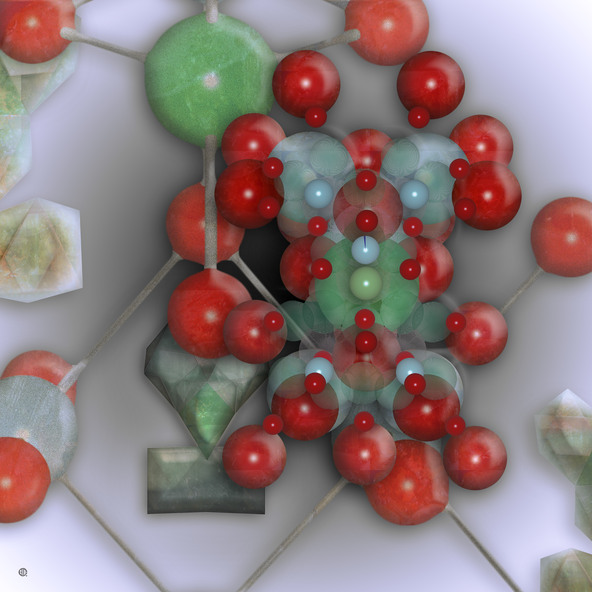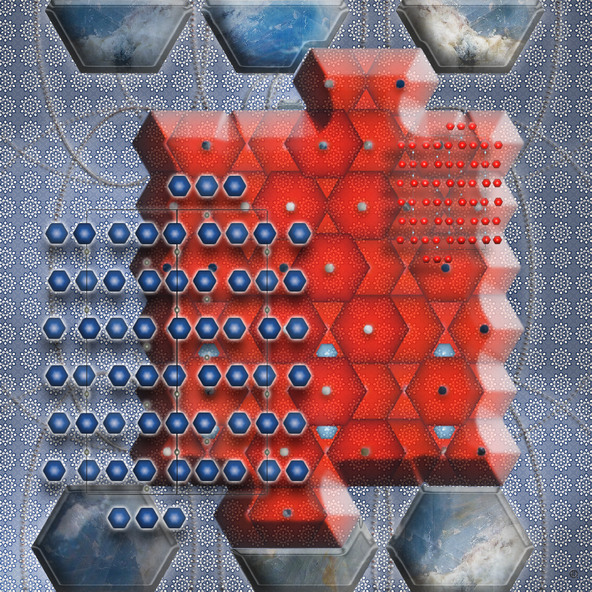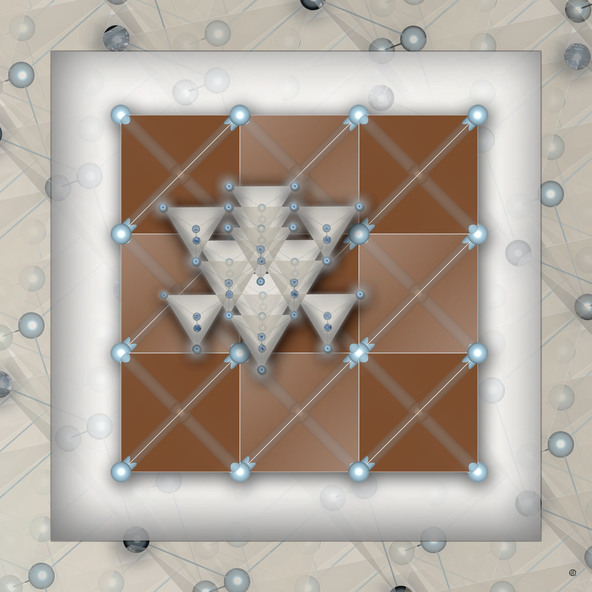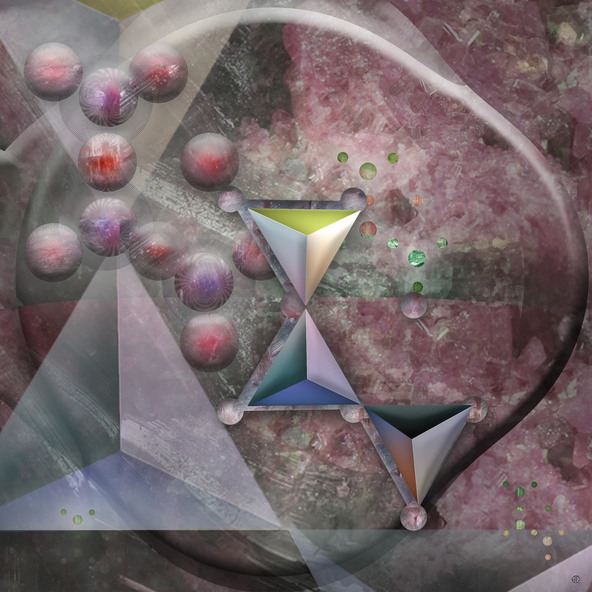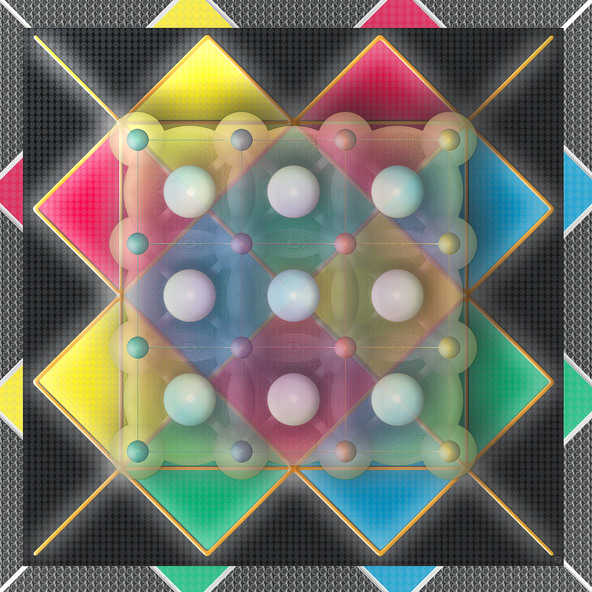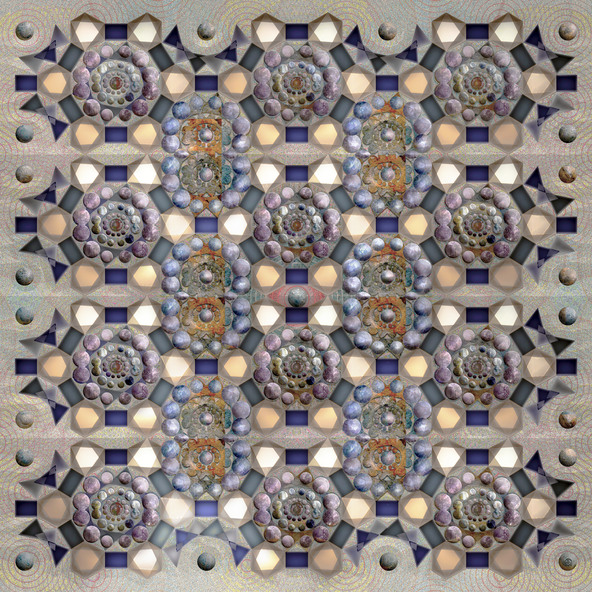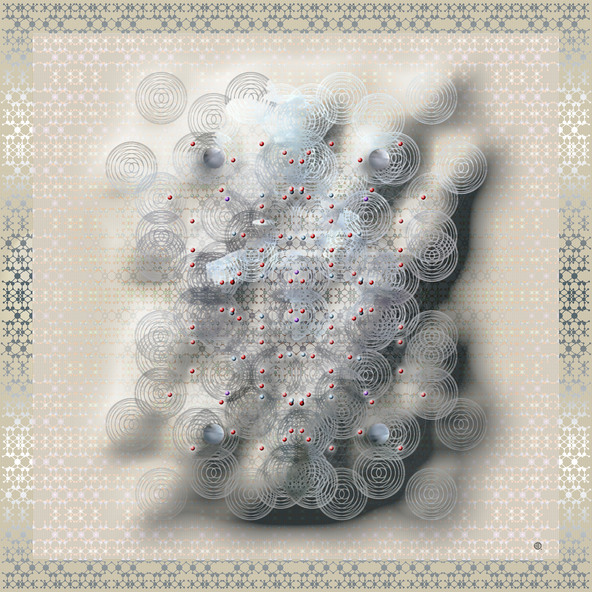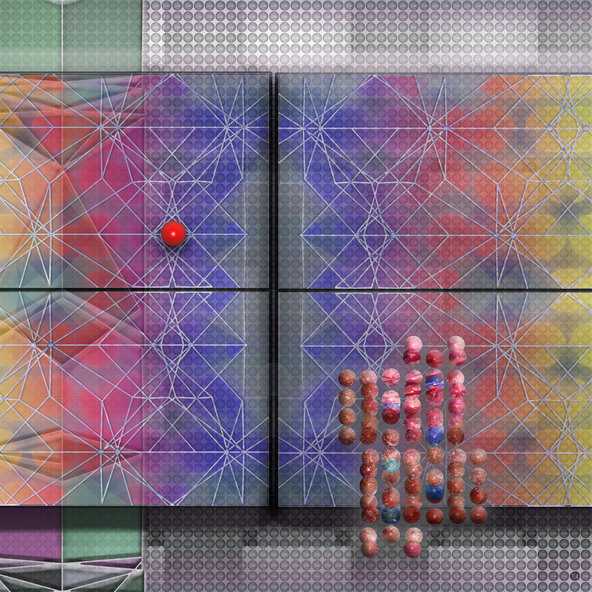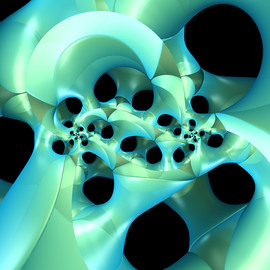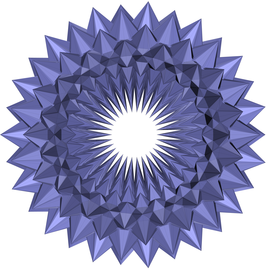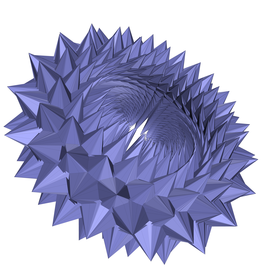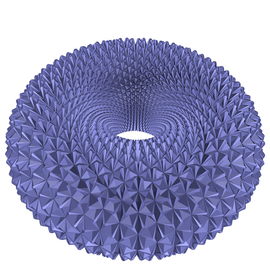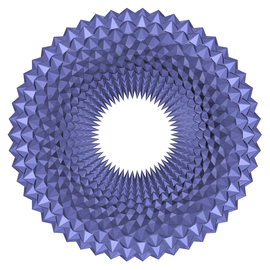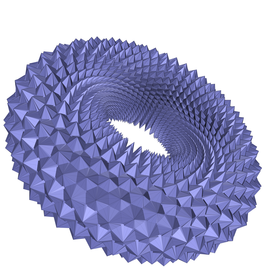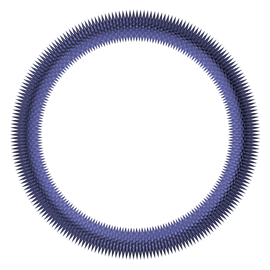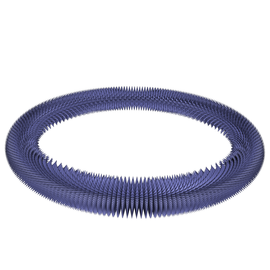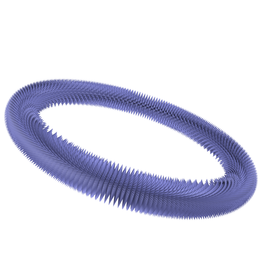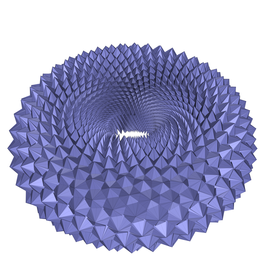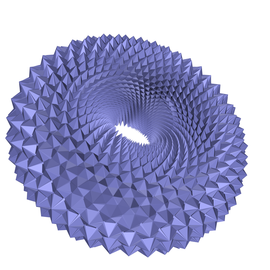Mathematics of Planet Earth, 52 Grains of Sand - Geometry of Nature
The following portfolio is a selection of some of the 150 visualizations available from the “52 grains of sand – Geometry of Nature” project I started Jan 1st, 2017 and to be completed by December 31st. (365 visualizations by Dec 31s.t)
The goal of this project is to explore, investigate and get a better understanding of the synergy between abstract mathematical concepts and the real world, gain insight and a new perspective on three-dimensional geometries in a unique context, evaluate the dynamic of a scientific construct in a two-dimensional graphic environment and eventually, compile a knowledge-based resource that can lead to future educational and cultural output.
Its general objectives are:
- Test a 3D modeling program developed to study crystal morphologies.
- Test and compare the geometrical arrangements and the various outcomes to find analogies between scientific visualization and the graphic environment that can eventually enrich the discussion on perception and aesthetic in the field of visual communication.
- Compile written and visual information that can lead to future educational output.
- Compile written and visual information that can lead to future educational output.
The detailed descriptive of this project is included in the file 52GoS.pdf included in this gallery and the original source files are available in .CIF format at the University of Arizona Department of Geosciences digital library.
Andalusite
The mineral Andalusite belongs to a mathematically unique space group, centrosymmetric, and orthorhombic – a three-dimensional geometric arrangement having three unequal axes at right angles.
The symmetry elements of these operations all pass through a single point of the object. The rules that govern symmetry are found in the mathematics of group theory. Group theory addresses the way in which a certain collection of mathematical “objects” are related to each other. Such groups always have the following properties: identity, inverse, associativity, closure, and commutativity. [1].

